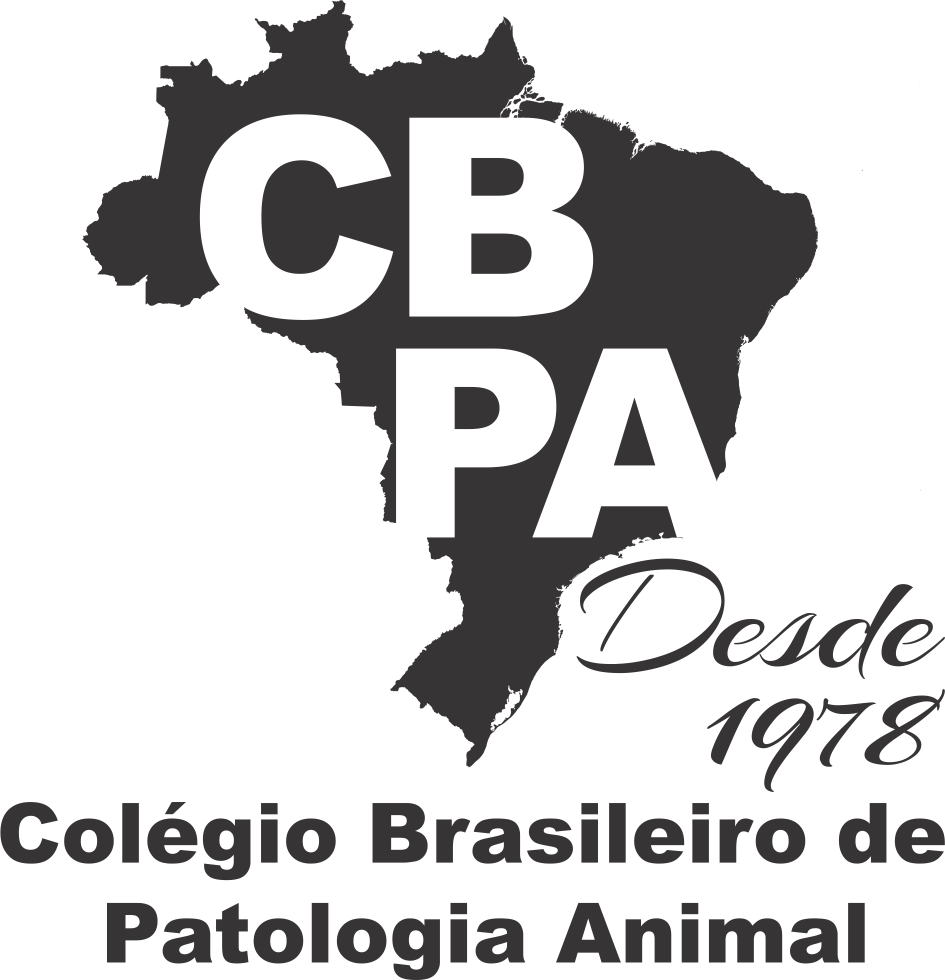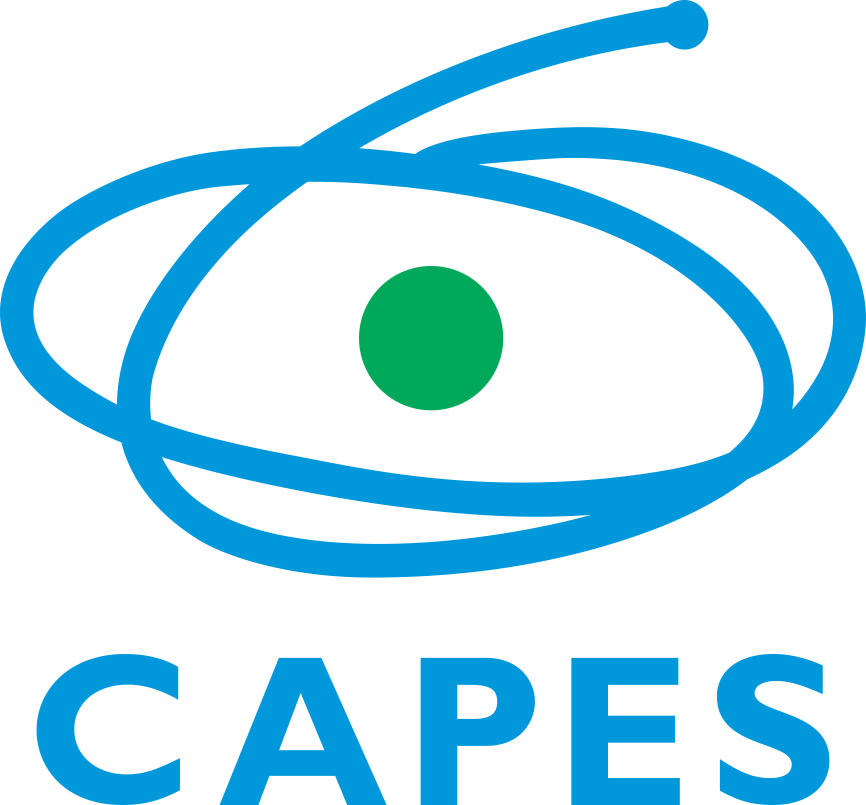Resultado da pesquisa (3)
Termo utilizado na pesquisa oocistos
#1 - Report of coccidiosis in a free-living green-winged saltator Saltator similis in Itatiaia National Park in southeastern Brazil
Abstract in English:
The green-winged saltator Saltator similis (d’Orbigny & Lafresnaye, 1837) is a passerine bird highly valued by bird breeders and a target of illegal wildlife trafficking. Coccidian chromists are etiological agents of coccidiosis, which may be asymptomatic and enzootic in bird populations when environmental conditions are favorable. However, epizootic outbreaks with severe disease can occur due to environmental changes. In this context, this study reports a case of coccidiosis in a free-living juvenile specimen of S. similis captured at the Itatiaia National Park in southeastern Brazil. Typical clinical signs of coccidiosis were observed, and it was associated with greenish mucoid diarrhea containing a high density of coccidian oocysts. Three Isospora spp. were specifically identified in 14 fecal samples (fecal droplets) collected over two hours. Isospora saltatori (Berto, Balthazar, Flausino & Lopes, 2008) had the highest density and positivity throughout most of the collection period. Finally, this paper discusses the importance of the continuous evaluation of the health of birds as bioindicators and their coccidian ecological biomarkers as one of the strategies for evaluating the conservation status of Itatiaia National Park.
Abstract in Portuguese:
O trinca-ferro Saltator similis (d’Orbigny & Lafresnaye, 1837) é um pássaro muito valorizado por criadores de aves e pelo tráfico ilegal de animais silvestres. Os cromistas coccídios são agentes etiológicos da coccidiose, a qual pode ser assintomática e enzoótica em populações de aves quando as condições ambientais são favoráveis, mas surtos epizoóticos com doença grave podem ocorrer como resultado de mudanças ambientais. Nesse contexto, este artigo relata um caso de coccidiose em um espécime juvenil de vida livre de S. similis capturado no Parque Nacional de Itatiaia, no sudeste do Brasil. Foram observados sinais clínicos típicos de coccidiose, associados a diarreia mucóide esverdeada contendo alta densidade de oocistos. Três Isospora spp. foram especificamente identificadas em 14 defecações coletadas durante um período de duas horas. Isospora saltatori (Berto, Balthazar, Flausino & Lopes, 2008) foi a espécie com maior densidade e positividade durante a maior parte do período de coleta. Por fim, este artigo discute a importância da avaliação contínua da saúde das aves como bioindicadores, e de seus biomarcadores ecológicos coccídios, como uma das estratégias para avaliação do estado de conservação do Parque Nacional de Itatiaia.
#2 - Comparison of macroscopy, histopathology and PCR for diagnosing Eimeria spp. in broiler chickens
Abstract in English:
Coccidiosis is a disease of great importance in industrial poultry. The correct diagnosis directs the poultry industry to its best treatment and control. Thus, a survey of Eimeria spp. was carried out in intestines of 64 broiler flocks, with an average age of 29 days. Eight broilers from each flock were randomly removed from the slaughter line, in a total of 512 samples. Macroscopic and histopathological lesions in the intestine were classified into Scores 0 to 4. Polymerase chain reaction (PCR) was used to research the oocysts from the seven species of Eimeria spp. in the intestinal content. The macroscopic evaluations showed that 59.4% (38/64) of the flocks were positive for E. acervulina, 32.8% (21/64) for E. maxima, 29.7% (19/64) for E. tenella, and 34.4% (22/64) for E. brunetti. The histopathological evaluation showed that 87.5% (56/64) of the flocks had at least one broiler with parasitic structures compatible with Eimeria spp. in the duodenum, 70.3% (45/64) in the jejunum, 18.8% (12/64) in the ileum, 46.9% (30/64) in the cecum, and 4.7% (3/64) in the colon. In PCR, 21.9% (14/64) of the flocks were positive for E. acervulina, 12.5% (8/64) for E. maxima, 3.1% (2/64) for E. mitis, and 32.8% (21/64) for E. tenella. The Kappa Cohen test between macroscopy, histopathology, and PCR demonstrated concordance ranging from weak to moderate with the exception of histopathology and PCR of the cecum, which was strong. In the comparison between macroscopy and histopathology, there were significative differences between Scores 0 and 1 (apart from the cecum). For Score 3, there were significative differences in duodenum, jejunum and cecum (p<0.05). In conclusion, the macroscopic diagnosis and PCR can generate false-negative results, and the histopathological exam proved to be effective, making it essential to associate different techniques for the correct diagnosis of Eimeria spp. in broiler chickens.
Abstract in Portuguese:
A coccidiose é uma doença de grande importância na avicultura industrial. O diagnóstico correto direciona a indústria avícola ao seu melhor tratamento e controle. Desta forma, realizou-se a pesquisa de Eimeria spp. em intestinos de 64 lotes de frangos de corte, com idade média de 29 dias. Em cada lote foram retirados aleatoriamente oito frangos da linha de abate, totalizando 512. Os intestinos foram classificados na macroscopia e na histopatologia em Grau de 0 a 4. No conteúdo intestinal pesquisou-se por reação em cadeia da polimerase (PCR) oocistos das sete espécies de Eimeria. As avaliações macroscópicas demonstraram que 59,4% (38/64) dos lotes foram positivos para E. acervulina, 32,8% (21/64) para E. maxima, 29,7% (19/64) para E. tenella e 34,4% (22/64) para E. brunetti. Na avaliação histopatológica, 87,5% (56/64) dos lotes apresentaram pelo menos um frango com estruturas parasitárias compatíveis com Eimeria spp. no duodeno, 70,3% (45/64) no jejuno, 18,8% (12/64) no íleo, 46,9% (30/64) no ceco e 4,7% (3/64) no cólon. Na PCR 21,9% (14/64) dos lotes foram positivos para E. acervulina, 12,5% (8/64) para E. maxima, 3,1% (2/64) para E. mitis e 32,8% (21/64) para E. tenella. O teste de concordância de Kappa Cohen entre macroscopia, histopatologia e PCR demonstrou concordância variando de fraca a moderada com exceção da histopatologia e PCR do ceco que foi forte. Na comparação dos graus de macroscopia e histopatologia, foram encontradas diferenças significativas entre o Grau 0 e 1 (exceto no ceco) e no Grau 3 houve diferença para duodeno, jejuno e cecos (p<0,05). Conclui-se que o diagnóstico macroscópico e a PCR podem gerar resultados falsos negativos e que o exame histopatológico se demostrou eficaz, tornando fundamental a associação de diferentes técnicas para o correto diagnóstico de Eimeria spp. em frangos de corte.
#3 - Effects of infection with Toxoplasma gondii oocysts on the intestinal wall and the myenteric plexus of chicken (Gallus gallus), 30(9):787-792
Abstract in English:
ABSTRACT.- Bonapaz R.S., Hermes-Uliana C., Santos F.N., Silva A.V., Araújo E.J.A. & Sant’Ana D.M.G. 2010. Effects of infection with Toxoplasma gondii oocysts on the intestinal wall and the myenteric plexus of chicken (Gallus gallus). Pesquisa Veterinária Brasileira 30(9):787-792. Laboratório de Neurogastroenterologia Experimental, Universidade Paranaense, Praça Mascarenhas de Moraes 4282, Centro, Umuarama, PR 87506-140, Brazil. E-mail: debora@unipar.br
This paper aims to analyze the effects of the Toxoplasma gondii infection in the intestinal wall and myenteric plexus of chicken (Gallus gallus). Ten 36-day-old chickens were separated into two groups: control and experimental, orally inoculated with oocysts of the T. gondii strain M7741 genotype III. After 60 days the birds were submitted to euthanasia and had their duodenum removed. Part of the intestinal segments was submitted to histological routine, HE staining, PAS histochemical technique, and Alcian Blue. Qualitative analysis of the intestinal wall and comparative measurements among the groups with respect to total wall thickness, muscle tunic, mucosa, and tunica mucosa were carried out. Caliciform cells were quantified. The other part of the intestinal segments was fixed in formol acetic acid and dissected having the tunica mucosa and the tela submucosa removed. Neurons were stained with Giemsa, counted, and measured. Chickens from the experimental group presented diarrhea and inflammatory infiltrates in the tunica mucosa, thickness reduction of all the parameters assessed in the intestinal wall, and an increase of the number of caliciform cells. There was a ~70% reduction regarding the intensity of myenteric neurons; and the remaining cells presented a reduction of ~2.4% of the perikarion and ~40.5% of the nucleus (p<0.05). Chronic infection induced by T. gondii oocysts resulted in intestinal wall atrophy, mucin secretion increase, death and atrophy of chicken myenteric plexus neurons. Death and atrophy of myenteric plexus neurons may be related with the causes of diarrhea observed in chickens with toxoplasmosis.
Abstract in Portuguese:
RESUMO.- Bonapaz R.S., Hermes-Uliana C., Santos F.N., Silva A.V., Araújo E.J.A. & Sant’Ana D.M.G. 2010. Effects of infection with Toxoplasma gondii oocysts on the intestinal wall and the myenteric plexus of chicken (Gallus gallus). [Efeitos da infecção por oocistos de Toxoplasma gondii sobre a parede intestinal e o plexo mientérico de Gallus gallus.] Pesquisa Veterinária Brasileira 30(9):787-792. Laboratório de Neurogastroenterologia Experimental, Universidade Paranaense, Praça Mascarenhas de Moraes 4282, Centro, Umuarama, PR 87506-140, Brazil. E-mail: debora@unipar.br
O objetivo deste trabalho foi analisar os efeitos da infecção pelo Toxoplasma gondii sobre a parede intestinal e o plexo mientérico de Gallus gallus. Dez galinhas de 36 dias de idade separadas em dois grupos: controle e experimental inoculado com oocistos da cepa M7741 de T. gondii (genótipo III) pela via oral. Após 60 dias os animais foram submetidos à eutanásia e o duodeno coletado. Parte dos segmentos intestinais foi submetida à rotina histológica, coloração por HE e técnica histoquímica de PAS e Alcian Blue. Realizou-se uma avaliação qualitativa da parede intestinal e medidas comparativas entre os grupos da espessura da parede total, túnica muscular, muscular da mucosa e túnica mucosa. As células caliciformes foram quantificadas. Outra parte dos segmentos intestinais foi fixada em formol acético e dissecada retirando-se a túnica mucosa e a tela submucosa. Os neurônios foram corados pela técnica de Giemsa, contados e mensurados. Os animais do grupo experimental apresentaram diarréia e infiltrados inflamatórios na túnica mucosa, redução da espessura de todos os parâmetros avaliados da parede intestinal e aumento do número das células caliciformes. Houve uma redução de ~70% da densidade dos neurônios mientéricos e as células remanescentes sofreram redução de ~2,4% do pericário e ~40,5% do núcleo (p<0,05). A infecção crônica induzida por oocistos de T. gondii levou a atrofia da parede intestinal, aumento da secreção de mucinas, morte e atrofia dos neurônios do plexo mientérico de galinhas. A morte e atrofia dos neurônios do plexo mientérico podem estar envolvidas na causa da diarréia observada em galinhas com toxoplasmose.








